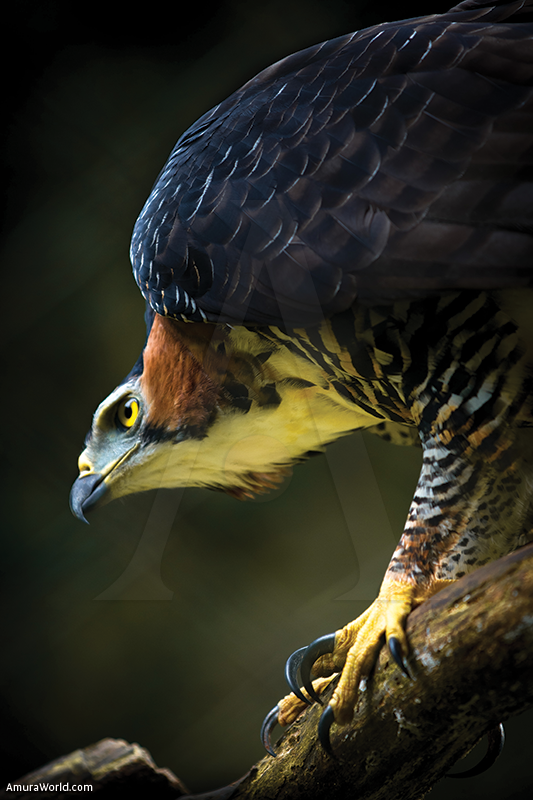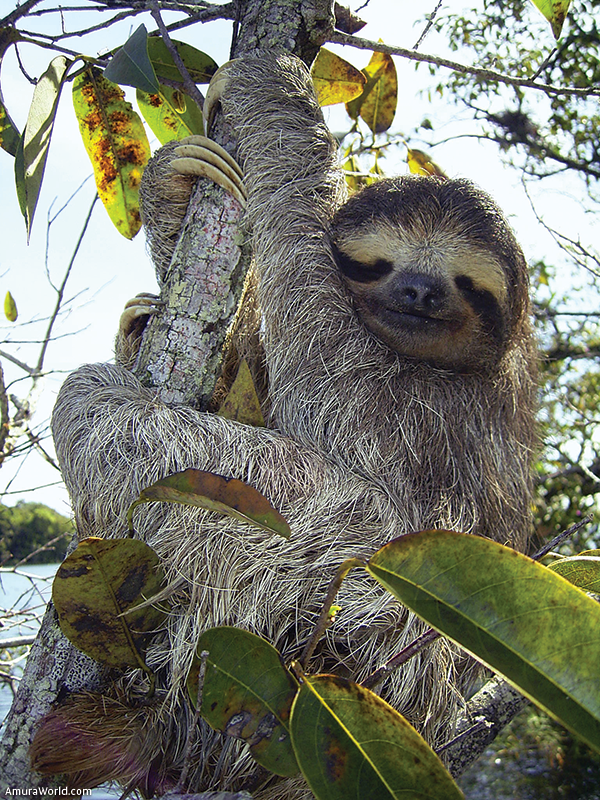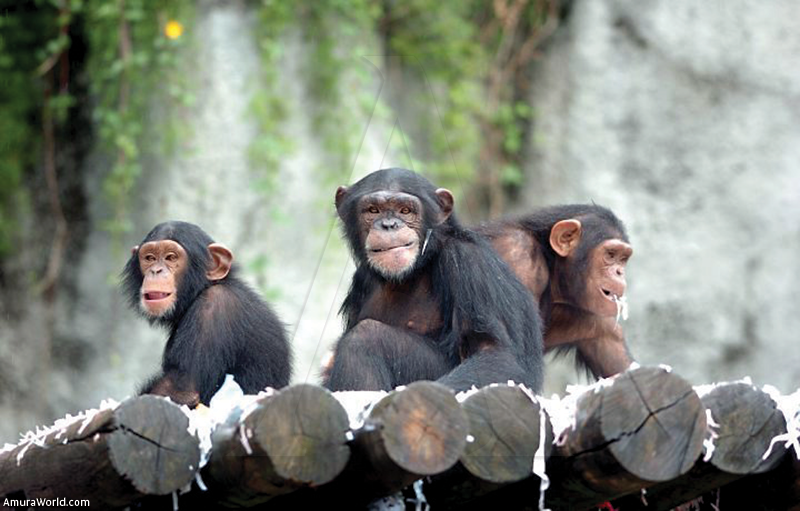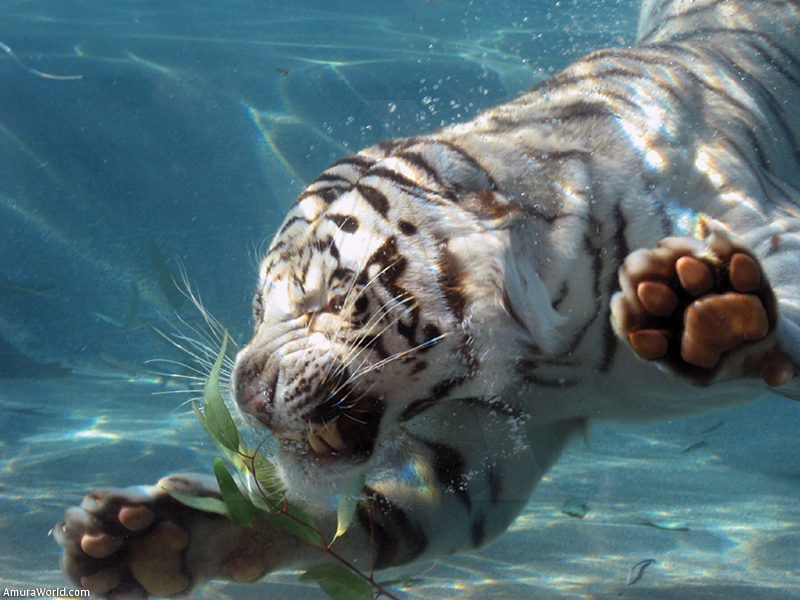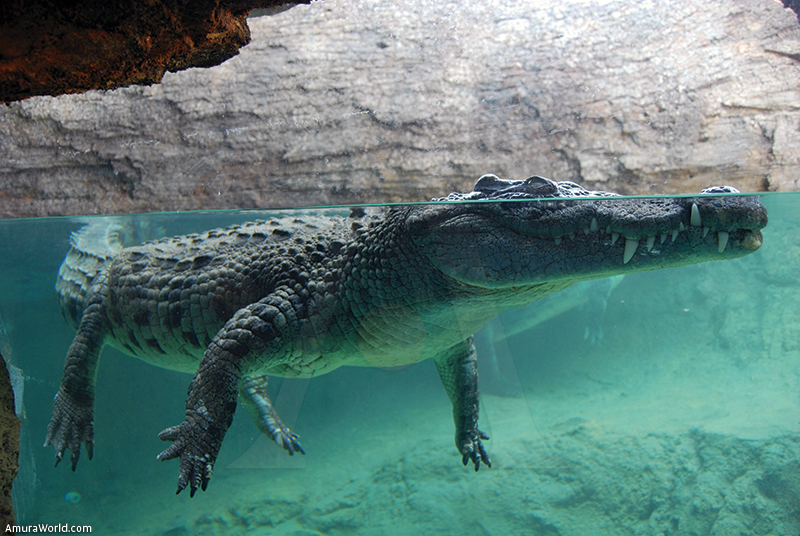A mighty work of which you knew little
The Zoo Park Foundation of São Paulo (FPZSP for its acronym in Spanish) is located in the suburbs of the city, which is the largest in Brazil. It offers its visitors several cultural options, gastronomy, hostelry, shopping and entertainment.
Brazil is the considered one of the countries with most biodiversity in the world; however with the increase in deforestation, the fragmentation of rainforests and illegal commerce of wild species at a rise, these categories are in grave danger of extinction.
The FPZSP´s mission is to maintain a collection of live animals from different parts of the world, not only for the education and recreation of the general public but also for scientific investigations, as well as the correct perception of wildlife. In the institution, the reproduction of some species threatened by extinction is supervised and has an important role in the conservancy of its race, the diffusion of knowledge through scientific conferences and projects for environmental education is encouraged.
Since its inauguration in 1958, the zoo receives over 85 million visitors, with a annual average of approximately 1, 6 million people. In 2012, it was recognized as the most attractive spot for children in the city of São Paulo.
São Paulo is inserted in the Atlantic forest, a Brazilian bioma historically occupied, of which currently only 8, 5% of its original extension remains. The Atlantic Forest is considered a hotspot of global access, known as a Biosphere Reserve by UNESCO and national heritage of Brazil.
It is estimated that over 61% of the population that lives in this bioma, includes over 20 000 species of plants, 270 types of mammals, 992 bird categories, 197 reptile species, 372 amphibious, and 350 kinds of fish.
Located in the “Parque Estadual das Fontes do Ipiranga (PEFI)”, one of the most important remaining fragments of the Atlantic forest in the city of São Paulo, the zoo in conjunction with the Zoo Safari cover 20 streams of the historic Iparinga river and is home of dozens of species of native wildlife. Howling monkeys, sloths and birds wonder freely in the 900 000 m².
This portion of vegetation is so important, that annually hundreds of migratory birds use its flora and lakes as resting areas, to feed
and reproduce.
The FPZSP maintains the population of nearly 3,200 animals, represented by several species of mammals, birds, reptiles amphibious and invertebrates. Amongst them, rare species of the entire world are located here, along with threatened kinds of animals that are in danger of extinction. Such is the case of the gavial of Malaysia, three out of four species of the lion tamarin (black tamarin, lion head tamarin, and golden lion tamarin), rhinoceros and the wooly spider monkey, amongst others.
Besides the extense actions for its conservation, the zoo counts with an Environmental Gestation System with certification in accordance to the ISO 14001 norm since the year 2006, which shows concern to avoid the environmental harm derived in its activities. This system has in its base, certain type of plants with effluent treatment (residual waters and sewer) same is the case of the pond water, with the production of this reuse, adequately discarding nearly 100 tons of solid residue per month. It also counts with a unit of organic compost (UPCO) and correctly handles the organic residue generated in the park, residues which are used as organic fertilizer for the production of food for the farm’s zoo, located in the Araçoiaba da Serra (120 km from São Paulo) municipality, closing a virtuous cycle of sustainability, the farm, which has an area equivalent of 500 football fields counts with great extensions of cultivation and permanent protected areas of fragments from the original rainforest, reforestation with native species, lakes and currents that in harmony contribute to the balance of the biosphere in the region.
The zoo farm annually produces more than 1,200 tons of 25 different types of vegetables, fruits, grains, roots and fodder used for feeding zoo animals and Zoo Safari. Also from the farm, much of the materials used in the renovation and ambience of the venues, like bamboo, straws, plants, hay and wood.
Currently, the farm of the zoo is the only agricultural property in the state of São Paulo,added to own the certification according to the ISO 14001 norm, converting it into a reference along with the institutions of technical and superior education.
The activities of scientific investigation applied to conserve the wildlife are developed in modern laboratories of clinical analysis, microbiology, molecular biology and Germplasm, in collaboration with the Federal University of São Paulo, The Federal University São Carlos, the University of São Paulo and the Estadual Paulista Júlio de Mesquita Filho University.
Besides the scientific investigations made in the lab, the FPZSP develops since May 2002, the Proffessional Improvement Program or Programa de Mejoramiento Profesional (PAP), which through several supervised activities, contributes to the formation of professionals linked with the gestation and conservation of the animal kingdom, along with the natural resourced applied in the zoo.
An important scientific research with the black lion spider monkey, is that of endemic species from the Atlantic forest in danger of extinction in the state of São Paulo, which is developed by the team of the zoo in Floresta Nacional del Capón Bonito, which is a conservation unit. The project investigates the habits and studies the genetic of this specie, with the objective of increasing the number of individuals in the existing population, as well the formation of an ecologic conscious in the local community, watching over the conservation of the black lion spider monkey.
The formation of professionals for the jobs in this area is complemented with the Postgraduate Conservation of Wildlife Program, a Masters in the professional development of conjoint initiative with the Federal University of São Carlos and the FPZSP, with lines of scientific investigation in the conservancy of the fauna.
The actions of environmental education in the zoo are developed through courses of professional formation for teachers, supervised visits by schools, groups of the third age, amongst others. These activities allow the visitors to be sensitive toward the importance of the conservancy of our wildlife and plants.
Now that you have learned a bit about the activates offered and developed in the São Paulo Zoo, come visit and proof with your own eyes the beauty of the wildlife and plant kingdom, with great infrastructure of restaurants coffee shops, ice-cream parlors places for your diversion, parking spaces and sanitary services. You will surely have a great day in contact with nature and the exuberant vegetation of the Atlantic Forest in the São Paulo Zoo.
We are opened Tuesday through Sunday from 9:00 to 17:00 hours.O
Text: João Mauro Azevedo Carrillo ± Photo: Carlos Nader / Zenfolio / São Paulo Zoo / IDF

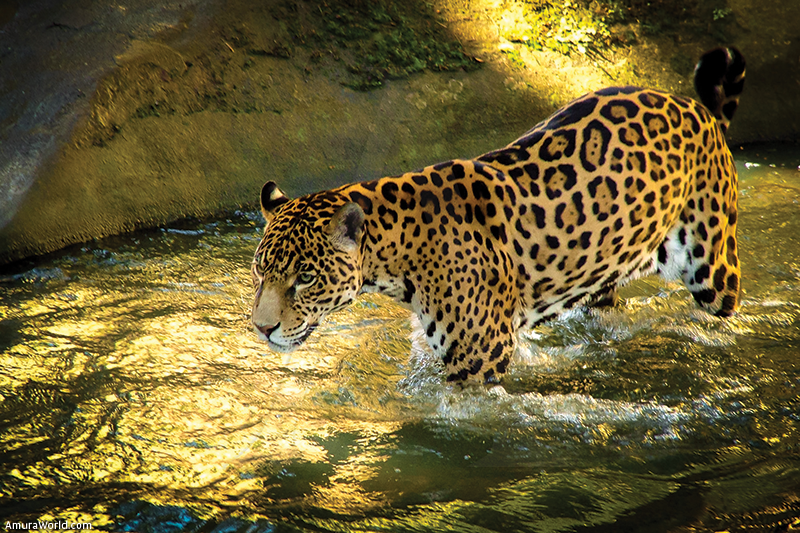 A
A
